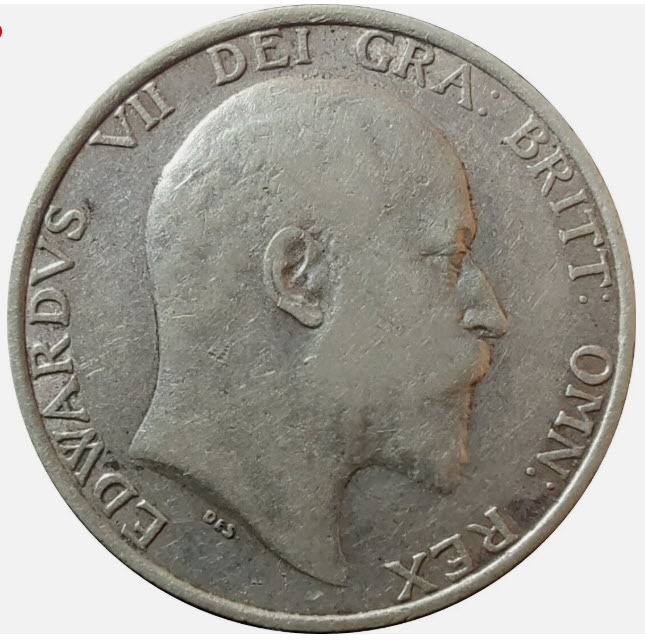Collecting Edward VII Coinage:
For Profit and Pleasure
Edward VII’s brief but significant reign 1901-1910) produced some of Britain’s most elegant and
historically important coinage. As collectables, these coins offer both investment potential and
historical fascination. While his reign lasted just nine years, the coins from this period represent
the zenith of the British Empire and the Edwardian era’s artistic achievement in numismatics. This
report explores how collectors can approach Edward VII coinage as a rewarding hobby
and a potential investment.
Historical Context and Numismatic Significance
Edward VII, known as the “Uncle of Europe” due to his relations with royalty throughout the
continent, came to the throne relatively late in life at age 59 after the remarkably long reign of
his mother, Queen Victoria. This historical transition is reflected in the coinage, which
represents a brief but pivotal period in British history.
The coins of Edward VII were struck from 1902 (following his coronation, which was postponed
from June to August due to his appendicitis) until his death in 1910. As was traditional, no
coins were produced until after his coronation. Throughout his reign, only one portrait design
was used, created by George William de Saulles, showing the king facing right, with his
distinctive beard and moustache.
Edward VII’s coinage was produced during the gold standard era, making it particularly
significant from an economic history perspective. These coins were rock-solid in value, struck at
a time when gold and silver were the main pillars of commerce. The Latin inscription across
his coins translates as “Edward the Seventh, by the grace of God, King of all the Britains,
Defender of the Faith, Emperor of India”.
The Complete Coin Series
Edward VII’s full currency system included:
Bronze coins: Farthing ¼d, Halfpenny ½d, and Penny 1d
Silver coins: Maundy set 1d, 2d, 3d, 4d), circulating Threepence, Sixpence, Shilling, Florin
2s, Halfcrown 2s6d, and Crown 5s
Gold coins: Half-Sovereign and Sovereign
Each denomination had distinctive designs. The bronze coins featured Britannia seated with a
shield and trident by Leonard Charles Wyon on the reverse.
The silver coins had various
designs, with the Florin showing a standing Britannia and the Crown displaying the classic St. George
Slaying the Dragon scene by Benedetto Pistrucci.
Gold coins also used the St. George design.
